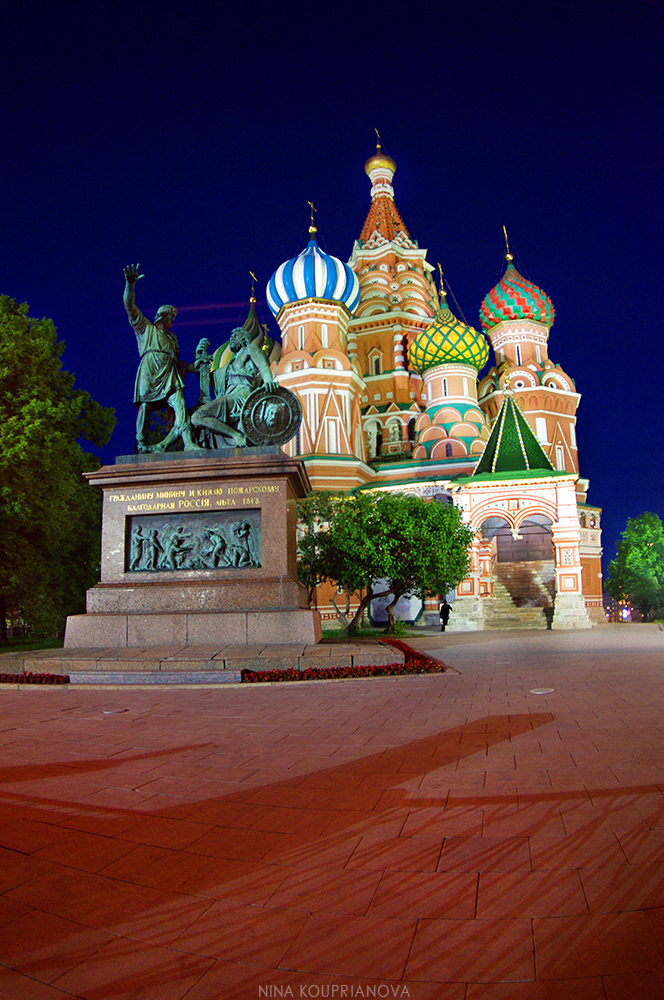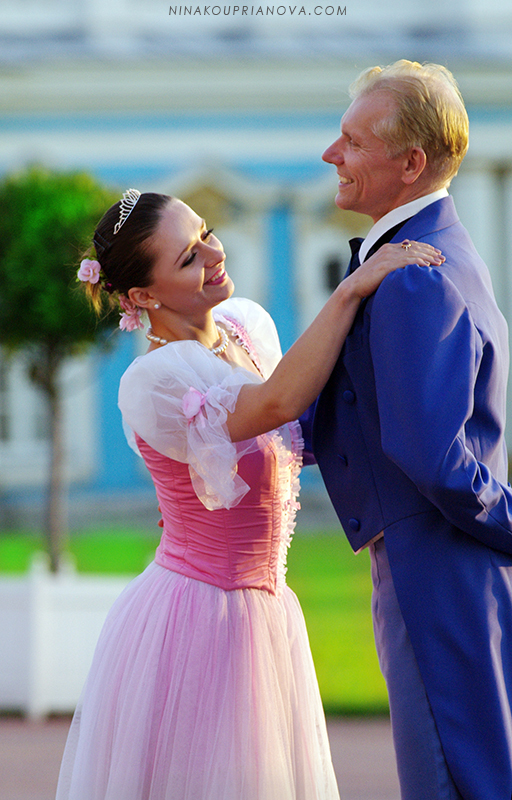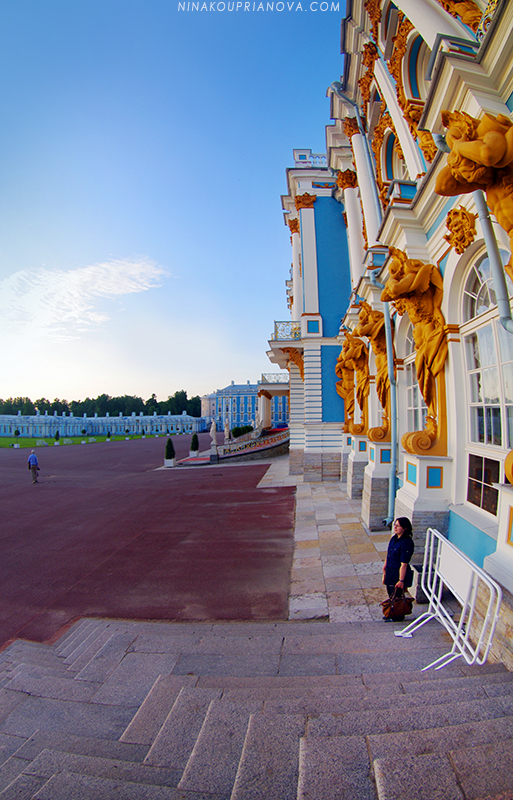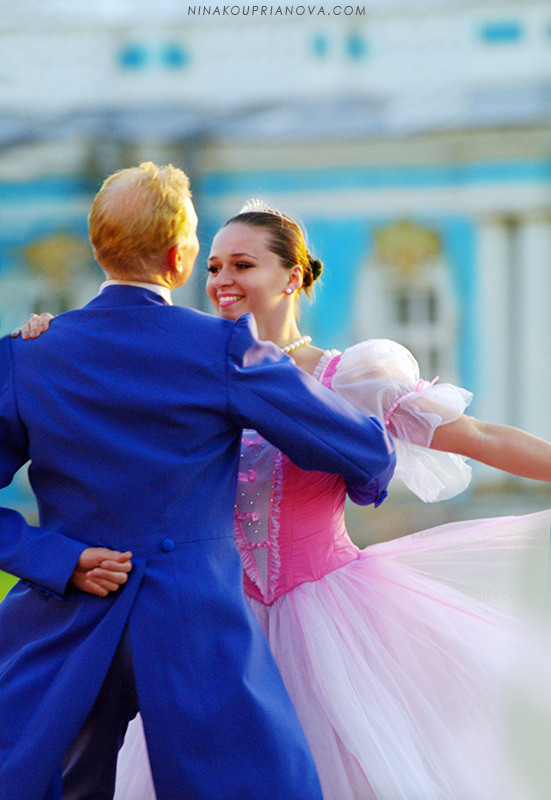I haven't updated my graphic-design portfolio in a long time. Naturally, there is a lot of newer work to share.
One of my recent covers is this one. It is an illustration to a mystery-and-crime novel written by a well-known lawyer and a television personality in Russia. This is my second book cover for this client.
The first one—and interior illustrations—are here.




